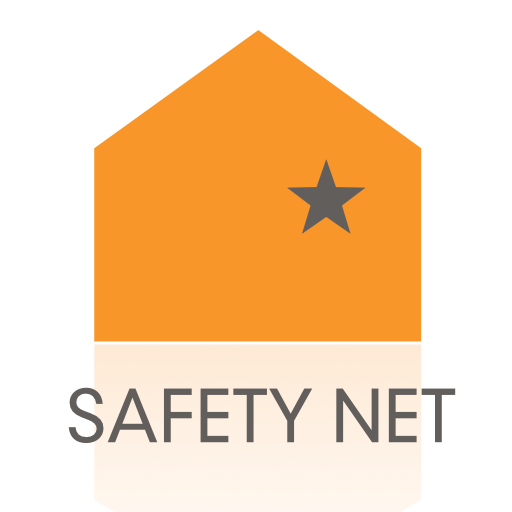Addressing the Intersections of Racism, Privacy, and Technology
/As an organization, NNEDV rejects all violence, is angered by and grieves the anti-Black racism that is running rampant in this country, and joins in calling for justice and reform. NNEDV mourns the senseless loss of life, as we have too many times before: Breonna Taylor, Ahmaud Arbery, George Floyd, Atatiana Jefferson, Tony McDade, David McAtee, and many, many others whose names we want to remember and honor. There is much work to be done, including reflecting on our own privileges and taking steps to dismantle the long-standing systems that were built from a culture of white supremacy and continue to allow racist policies to exist today. NNEDV’s commitment extends to our work across all of our projects and teams.
The Safety Net Project focuses on the intersection of technology and abuse, privacy, and civil rights. As advocates and as humans, we unite in opposition to injustices and oppressions, many of which we are witnessing online and in our streets. We reject the misuse of power, the abuse of trust, and the violation of rights in all their forms.
We believe that everyone deserves safety, privacy, and the ability to live their lives free of violence. We see what is happening - the anti-Black, anti-Native American, anti-Semitic, anti-Asian, anti-LGBTQIA, and anti-immigrant violence and hate, as well as continued ableism in our society – and we will not ignore it or be silent in the face of it.
We are concerned about our movement’s historic dependence on a criminal justice system that many do not feel safe accessing, and the challenges that poses to finding recourse and accountability when technology is misused as a tactic of abuse.
We are concerned about inappropriately deployed technologies meant to monitor or track individuals as part of the public health response to COVID-19 and the harm that can be caused to communities already experiencing disproportionate health and economic hardships due to the virus.
We are concerned with the real-life safety issues that stem from online hate and misinformation that provokes violence.
We are concerned about the disproportionate impact on communities of color and people with disabilities when technology and data collection systems are designed and implemented from predominately white and privileged spaces and the unintended consequences that can arise. Specifically, the widespread practice of including personal and private information in public data can lead to discrimination in housing, employment, education, and access to financial resources, even for those who lack access to the tools of technology in their daily lives.
We are concerned that individual and collective access to resources, including technology, is not equal; a deep digital divide remains and specifically impacts Black, Native American, poor, aging, and rural communities. Lack of access to technology in our society increasingly means lack of access to employment, education, housing, social services, and public life.
We are concerned about the use of technologies and platforms without consideration for privacy, safety, and the deep impacts of trauma and recognize how that disproportionately impacts some communities more than others.
These issues are not new. Systemic racism is centuries deep and it will take significant effort, reflection, and resolve to address these issues.
We will continue to focus our efforts on acknowledging and dismantling the ways in which white supremacy permeates our society and our technology, and the many ways that it impacts people every day. We will strengthen our work based on our understanding of these intersections and their impact. We will continue to educate communities and professionals about all the ways technology can be misused, and to advocate for the power of technology to be harnessed for good. We will address hate, unite in solidarity, and work for an equitable world.

